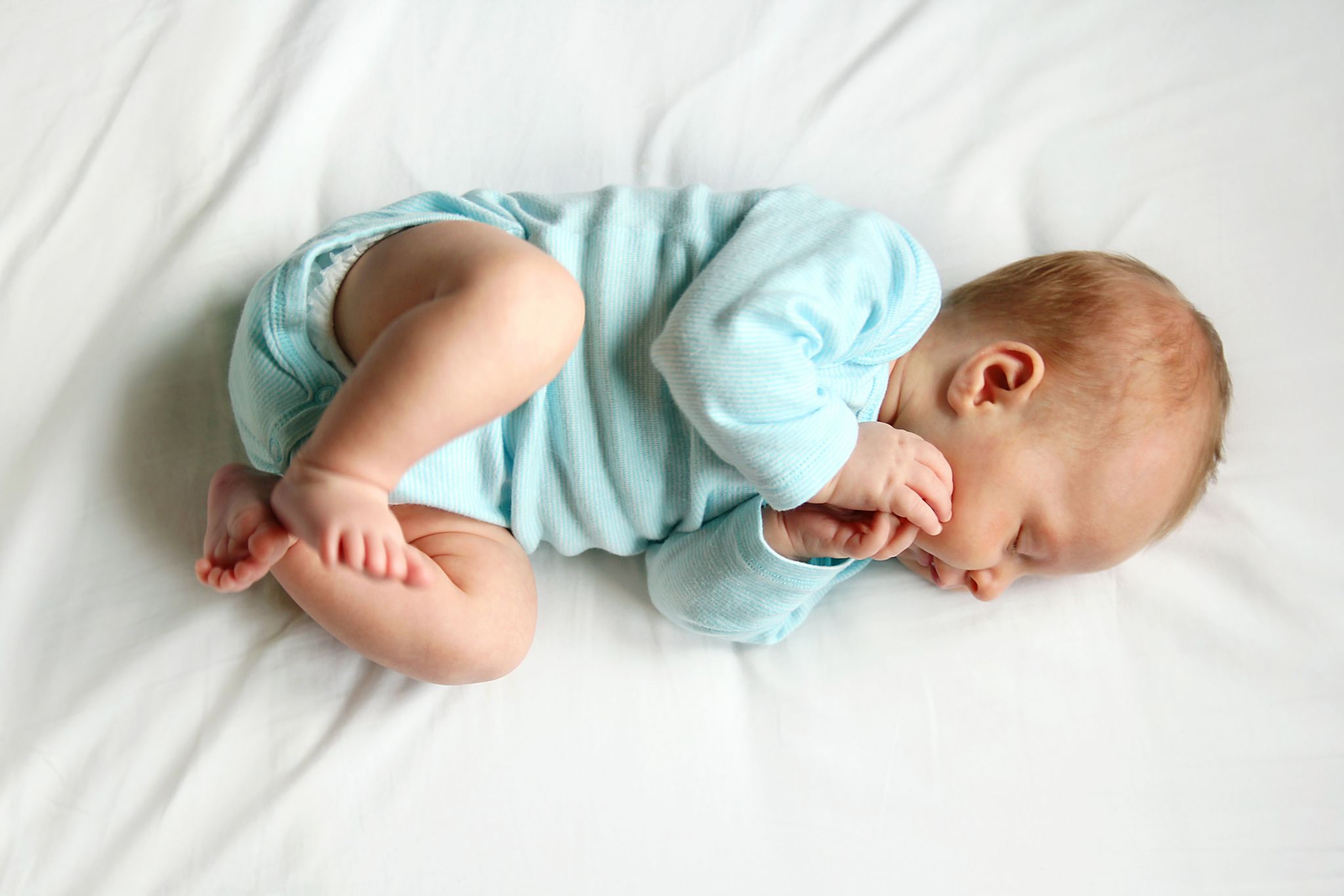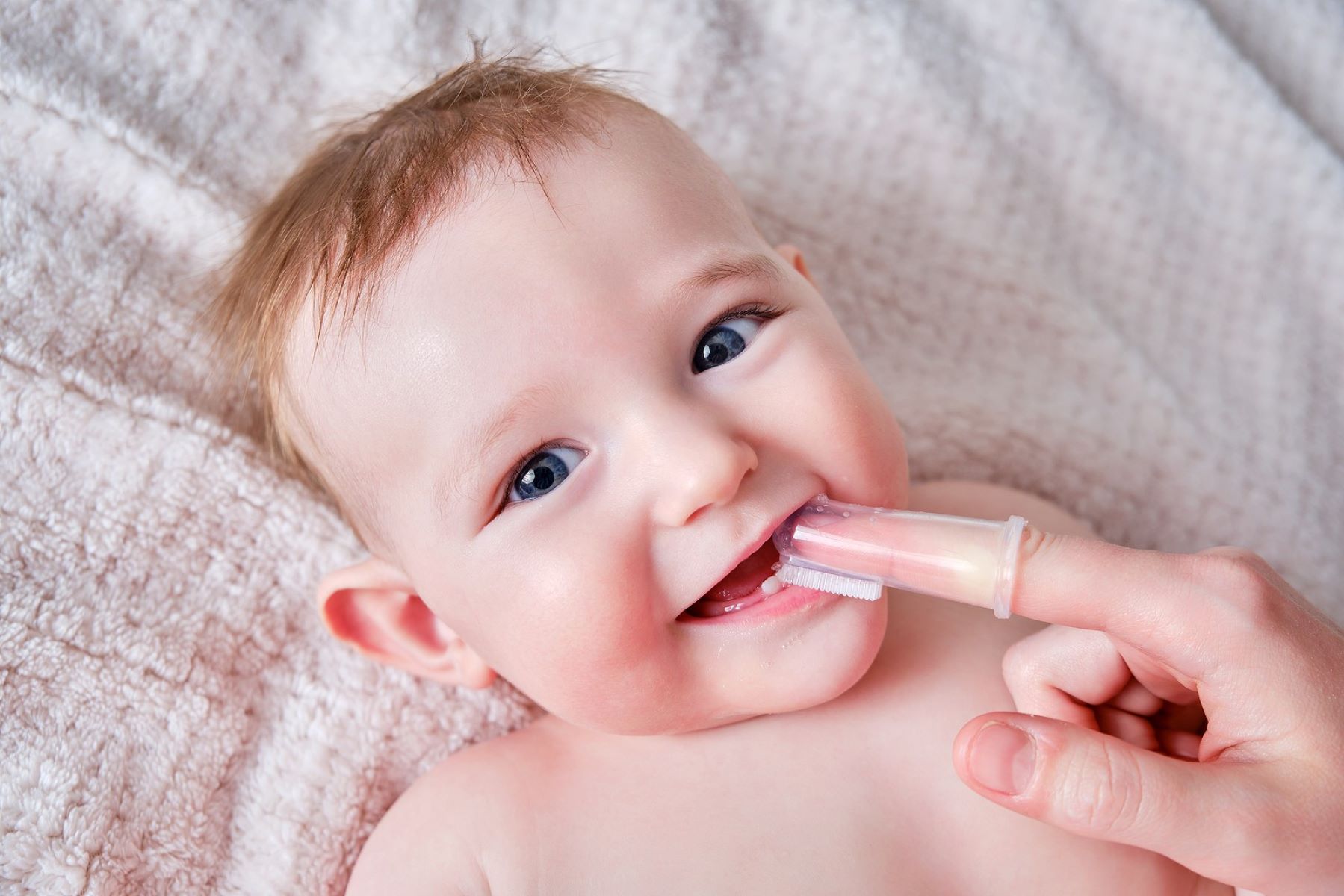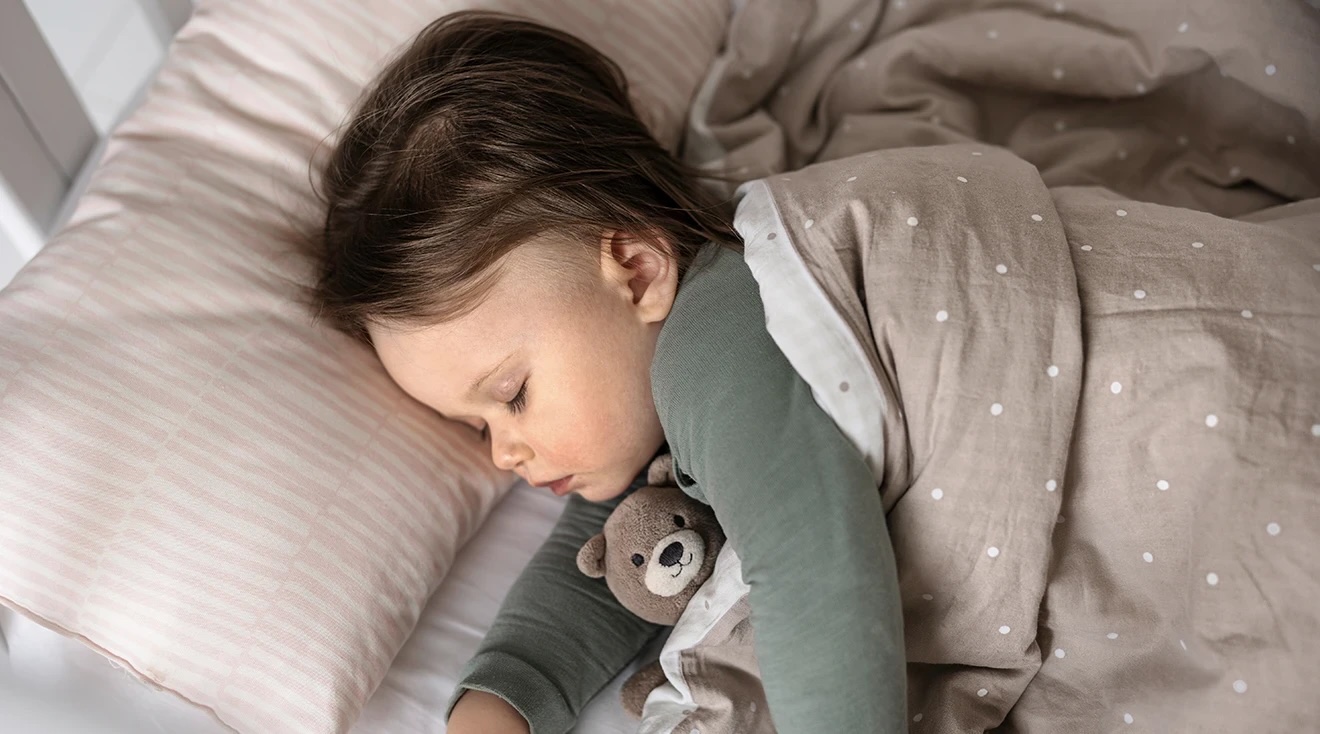Home>Furniture & Design>Bathroom Accessories>When Can A Baby Use A Bathtub?


Bathroom Accessories
When Can A Baby Use A Bathtub?
Modified: October 20, 2024
Discover when your baby can start using a bathtub and find the best bathroom accessories for a safe and enjoyable bathing experience. Shop now for essential baby bath products.
(Many of the links in this article redirect to a specific reviewed product. Your purchase of these products through affiliate links helps to generate commission for Storables.com, at no extra cost. Learn more)
Introduction
Welcoming a new addition to the family is an exhilarating experience, filled with joy and anticipation. As parents, ensuring the safety and comfort of your little one is a top priority, especially during bath time. The journey of when a baby can use a bathtub is a significant milestone that evolves as your child grows. Understanding the appropriate timing for each stage is crucial for providing a nurturing and secure bathing environment.
From the delicate newborn stage to the active toddler phase, each developmental period presents unique considerations for introducing your baby to the bathtub. As we delve into the specifics of each stage, it's essential to recognize the evolving needs and safety requirements that accompany this progression. Let's embark on this insightful journey, exploring the optimal times for your baby to transition into the comforting embrace of a bathtub.
Key Takeaways:
- Bath time for babies evolves from gentle newborn care to interactive toddler exploration. Safety, warmth, and nurturing routines are crucial at each stage for a positive bathing experience.
- Supervision, secure environment, and age-appropriate products are essential for a safe and enjoyable bath time. Embracing each developmental stage fosters trust, comfort, and bonding between parents and their little ones.
Read more: When Can Babies Sit In Bathtub
Newborn Stage
The newborn stage marks the beginning of an extraordinary journey, filled with tender moments and profound bonding. During this phase, your baby's delicate skin and developing body require gentle care and attention, especially when it comes to bathing. While it's essential to keep your newborn clean, it's equally important to approach bathing with caution and mindfulness.
Newborns typically do not require full baths until their umbilical cord stump falls off, which usually happens within the first few weeks of life. Until then, sponge baths are recommended to ensure the umbilical area remains dry and clean. These sponge baths involve using a soft, damp cloth to gently cleanse your baby's face, neck, hands, and diaper area. It's crucial to maintain a warm and comforting environment during these initial bathing experiences, as newborns are highly sensitive to temperature changes.
When the umbilical cord stump has healed and fallen off, signaling the readiness for full baths, it's important to use a baby bathtub that provides adequate support for your little one. Opt for a small, contoured tub that allows your newborn to feel secure and snug during the bathing process. Additionally, ensure the water temperature is comfortably warm, around 100°F (37.8°C), to prevent any discomfort for your baby.
As you introduce your newborn to the bathtub, consider using mild, fragrance-free baby wash and shampoo to cleanse their delicate skin and hair. Gently support your baby's head and neck while bathing, maintaining a reassuring and soothing presence throughout the experience. Keep the bathing sessions brief, as newborns can quickly become fatigued and may need time to adjust to this new sensation.
Moreover, it's essential to establish a consistent bathing routine that aligns with your baby's natural rhythms. By creating a calming and predictable environment, you can help your newborn associate bath time with relaxation and comfort. This nurturing approach fosters a positive bond between you and your baby, laying the foundation for a lifetime of enjoyable bathing experiences.
In essence, the newborn stage sets the tone for your baby's bathing journey, emphasizing the need for gentle care, warmth, and security. By embracing these principles, you can create a nurturing environment that supports your newborn's well-being and fosters a sense of trust and comfort during bath time.
Infant Stage
As your baby transitions into the infant stage, their curiosity and mobility begin to flourish, marking an exciting phase of exploration and development. During this period, bath time evolves into an engaging and interactive experience, offering opportunities for sensory stimulation and bonding. Understanding the specific needs and considerations of this stage is essential for ensuring a safe and enjoyable bathing routine for your growing infant.
At around 6 months of age, as your baby gains head control and demonstrates increased stability, they are ready to graduate to a larger bathtub. This transition allows for more freedom of movement and a broader sensory experience, fostering your infant's curiosity and sensory development. When introducing your infant to the larger bathtub, consider using a non-slip mat to provide secure footing and minimize the risk of slipping.
As your infant becomes more active during bath time, incorporating age-appropriate toys can enhance the experience and stimulate their cognitive and motor skills. Soft, colorful bath toys that are easy to grasp and manipulate can captivate your infant's attention, turning bath time into an engaging and enjoyable activity. Additionally, incorporating gentle splashing and pouring activities can further enrich your infant's sensory exploration and water familiarity.
It's important to maintain a vigilant presence during bath time, as infants are naturally inquisitive and may attempt to explore their surroundings. Always keep a firm grip on your infant to prevent accidental slips or falls. Furthermore, ensure the water temperature remains consistent and warm, providing a comfortable and soothing environment for your little one.
When it comes to cleansing your infant's delicate skin, opt for mild, hypoallergenic baby wash and shampoo to gently cleanse and nourish their developing skin. Pay special attention to skin folds and creases, ensuring thorough yet gentle cleansing to prevent irritation or discomfort. As you interact with your infant during bath time, maintain a reassuring and affectionate demeanor, fostering a sense of security and trust.
Establishing a consistent bathing routine during the infant stage not only promotes hygiene but also nurtures a sense of predictability and comfort for your baby. By incorporating soothing rituals such as gentle massage or calming music, you can create a serene and relaxing atmosphere that supports your infant's overall well-being.
In essence, the infant stage heralds a period of exploration and sensory development, making bath time an enriching and interactive experience for your growing baby. By embracing the unique needs and developmental milestones of this stage, you can create a nurturing and stimulating environment that fosters a positive association with bath time, strengthening the bond between you and your infant.
A baby can use a bathtub once their umbilical cord stump has fallen off and healed, usually around 1-2 weeks old. Always support their head and never leave them unattended.
Toddler Stage
The toddler stage signifies a remarkable leap in your child's independence, curiosity, and physical capabilities. As your little one transitions from infancy to toddlerhood, bath time becomes an exciting adventure filled with exploration and newfound experiences. Understanding the unique considerations and safety measures for this stage is crucial for fostering a secure and enjoyable bathing routine for your active toddler.
At around 12 to 18 months, toddlers exhibit increased mobility, coordination, and a growing sense of autonomy. This developmental progression calls for adjustments in the bathing environment to accommodate their expanding abilities and evolving needs. Transitioning to a spacious and secure bathtub that allows for freedom of movement is essential during this stage. Consider using a non-slip mat and cushioned faucet cover to create a safe and comfortable bathing space for your adventurous toddler.
Introducing interactive and educational elements to bath time can further enrich your toddler's experience. Age-appropriate bath toys that encourage imaginative play, such as floating boats, pouring cups, and colorful sponges, can captivate your toddler's interest and stimulate their creativity. Incorporating simple water activities, such as pouring and scooping, not only enhances sensory exploration but also promotes fine motor skill development, fostering a holistic and engaging bath time experience.
As toddlers become more independent, involving them in the bathing process can instill a sense of responsibility and autonomy. Encourage your toddler to participate in simple tasks, such as washing their hands or pouring water from a cup, under your attentive supervision. This interactive involvement not only promotes a sense of accomplishment but also strengthens the parent-child bond, creating meaningful and enjoyable bath time memories.
Safety remains paramount during the toddler stage, as curious explorations can lead to unforeseen situations. Always maintain a vigilant presence and ensure that the water temperature is comfortably warm, around 90-100°F (32-37.8°C), to prevent any discomfort for your toddler. Additionally, establishing clear boundaries and gentle reminders about safe behaviors, such as sitting down in the bathtub and avoiding splashing water outside the tub, fosters a secure and controlled bathing environment.
When it comes to cleansing your toddler's active and playful spirit, opt for gentle and tear-free cleansing products that cater to their evolving skin needs. Mild, hypoallergenic shampoos and body washes designed for toddlers provide effective cleansing while being gentle on their delicate skin, ensuring a nurturing and soothing bathing experience.
In essence, the toddler stage heralds a period of exploration, independence, and boundless curiosity, transforming bath time into a dynamic and engaging adventure for your growing child. By embracing the unique developmental milestones and safety considerations of this stage, you can create a secure and stimulating environment that nurtures your toddler's sense of exploration, creativity, and independence during bath time.
Safety Precautions
Ensuring the safety of your baby or toddler during bath time is of paramount importance, requiring diligent attention to various precautions and measures. By implementing the following safety guidelines, you can create a secure and nurturing bathing environment for your little one.
-
Supervision: Never leave your baby or toddler unattended during bath time, even for a moment. It's crucial to maintain constant and vigilant supervision to prevent any accidents or mishaps. Stay within arm's reach of your child at all times, providing reassurance and immediate assistance if needed.
-
Water Temperature: Always test the water temperature before placing your baby or toddler in the bathtub. Use a reliable thermometer to ensure the water is comfortably warm, around 100°F (37.8°C) for newborns and 90-100°F (32-37.8°C) for toddlers. Avoid hot water to prevent scalding or discomfort.
-
Secure Bathing Environment: Utilize non-slip mats and cushioned faucet covers to create a safe and comfortable bathing space for your baby or toddler. These measures minimize the risk of slipping and protect your child from potential bumps or injuries.
-
Safe Bathing Products: Choose mild, hypoallergenic baby wash, shampoo, and cleansing products specifically formulated for your child's delicate skin. Avoid harsh chemicals and fragrances that may cause irritation or allergic reactions.
-
Proper Handling: When lifting your baby or toddler in and out of the bathtub, ensure a secure grip and support their head and neck. Use caution to prevent accidental slips or falls, maintaining a gentle and reassuring approach throughout the bathing process.
-
Water Depth: For newborns, the water level should be shallow, covering only a few inches of the bathtub. As your child grows, adjust the water depth accordingly, ensuring it remains safe and appropriate for their age and developmental stage.
-
Educate Siblings and Caregivers: If older siblings or caregivers are involved in bath time, educate them about the importance of supervision, safe handling, and maintaining a secure bathing environment. Clear communication and awareness among all involved parties are essential for ensuring consistent safety measures.
By prioritizing these safety precautions and integrating them into your baby or toddler's bathing routine, you can cultivate a protective and nurturing environment that promotes a positive and secure experience for your little one. These measures not only safeguard your child from potential hazards but also contribute to building a foundation of trust, comfort, and well-being during bath time.
Read more: When Can Babies Use A High Chair?
Conclusion
In conclusion, the journey of when a baby can use a bathtub encompasses a series of significant developmental stages, each presenting unique considerations and opportunities for nurturing and bonding. From the tender newborn stage to the explorative toddler phase, the evolution of bath time reflects the growth and changing needs of your little one.
Embracing the delicate needs of a newborn, parents navigate the initial bathing experiences with gentle care, warmth, and security. The transition to full baths after the umbilical cord stump falls off marks a pivotal moment, signaling the readiness for more immersive bathing experiences. As infants gain head control and stability, the introduction of a larger bathtub and interactive elements enriches their sensory exploration, fostering a nurturing and engaging environment.
The toddler stage heralds a period of boundless curiosity and independence, transforming bath time into an interactive adventure. Safety precautions and interactive involvement create a secure and stimulating environment that nurtures your toddler's sense of exploration, creativity, and independence during bath time.
Throughout these stages, safety precautions remain paramount, ensuring constant supervision, secure bathing environments, and age-appropriate products. By prioritizing these measures, parents can cultivate a protective and nurturing environment that promotes a positive and secure experience for their little ones.
As parents navigate the evolving stages of their child's bathing journey, the overarching theme of trust, comfort, and bonding remains constant. Establishing a consistent bathing routine, infused with warmth, reassurance, and interactive elements, fosters a positive association with bath time, strengthening the parent-child bond and creating meaningful and enjoyable memories.
Ultimately, the journey of when a baby can use a bathtub transcends the practical aspects of hygiene, evolving into a profound opportunity for connection, exploration, and nurturing care. By embracing the unique needs and developmental milestones of each stage, parents can create a secure and stimulating environment that supports their child's well-being and fosters a lifetime of enjoyable bathing experiences.
Frequently Asked Questions about When Can A Baby Use A Bathtub?
Was this page helpful?
At Storables.com, we guarantee accurate and reliable information. Our content, validated by Expert Board Contributors, is crafted following stringent Editorial Policies. We're committed to providing you with well-researched, expert-backed insights for all your informational needs.















0 thoughts on “When Can A Baby Use A Bathtub?”